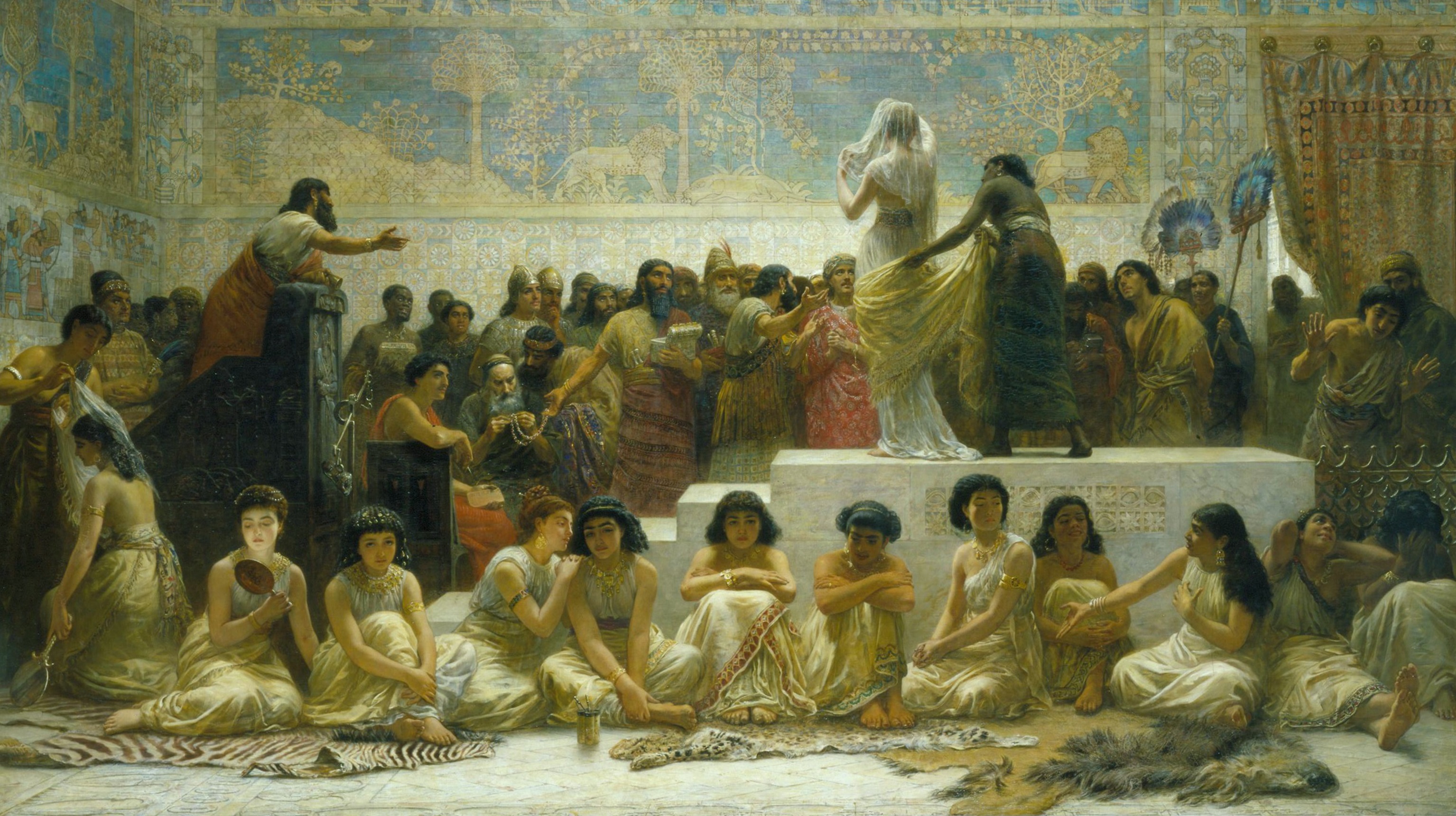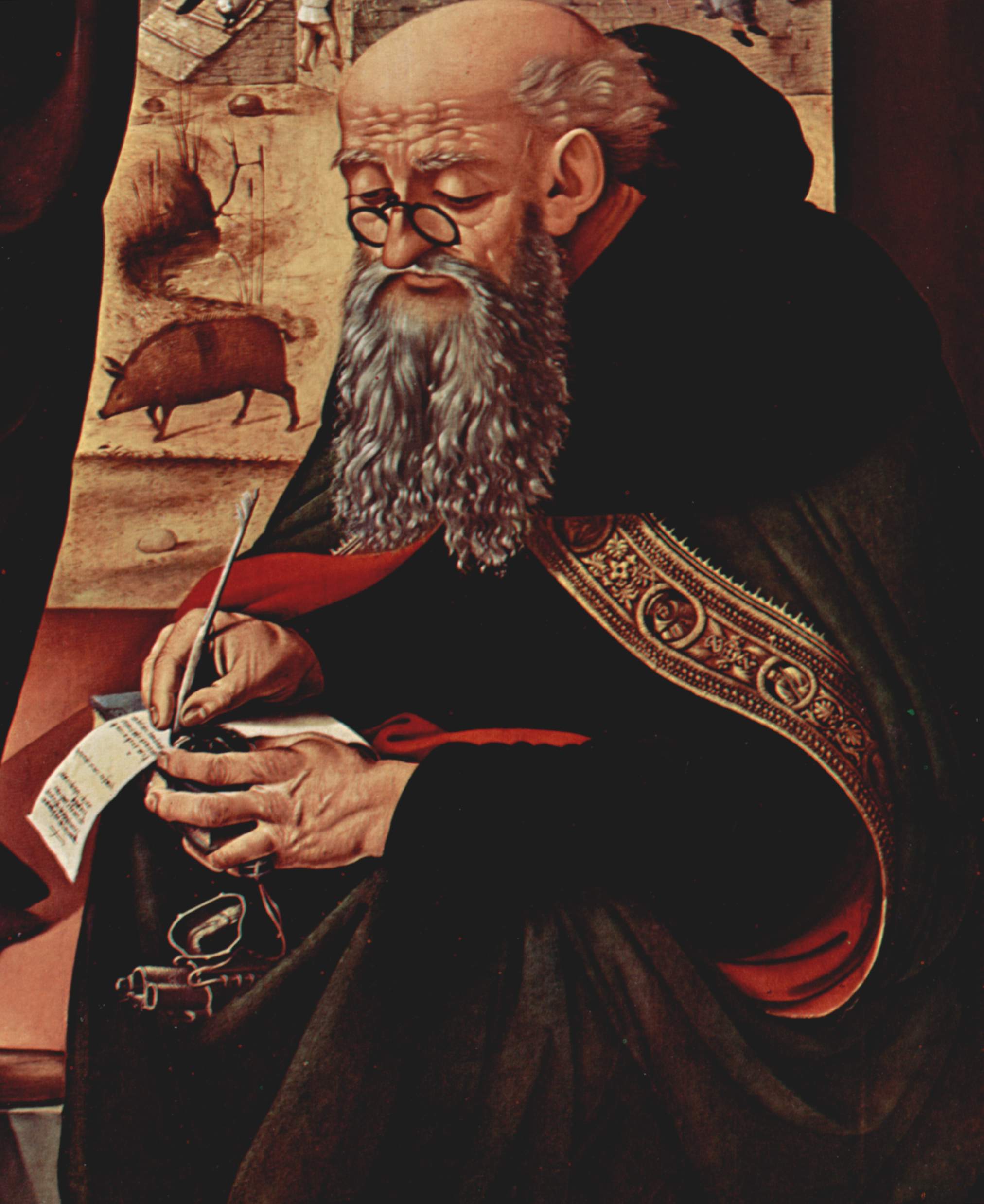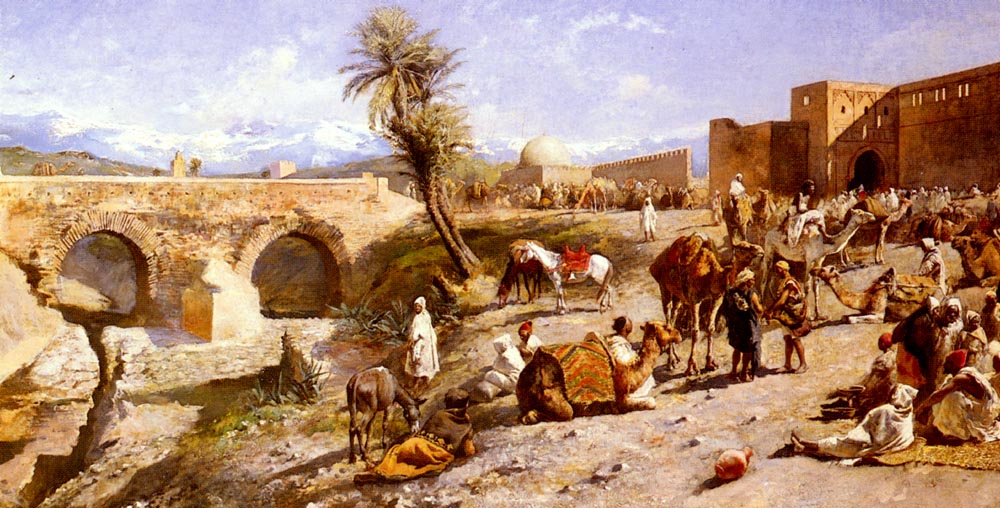|
Salphen
Salphen (also ''Zalfen'') is a hamlet which is part of the village of Oostmalle in the Campine region of Flanders, Belgium. The history of Salphen dates back to the 13th century when in the records of the Chapter of Our Lady (Dutch: O.L. Vrouw Kapittel) of Antwerp it was called ''Zalhulfe''. Chapel of Saint Anthony The earliest traces of ''Zalhuffle'' date back to 1278. In 1625 the farmer Adriaan Mattheussen built a chapel for the people of Oostmalle, which fled the village to escape the Bubonic plague. Two of his daughters and other relatives were among the victims. Because they were refused a burial in Wechelderzande, they were buried in Salphen. Adriaan Mattheussen built the chapel to commemorate the deceased. The chapel became a popular destination for pilgrims which visited the chapel. In 1710 a bell from the Antwerp bell founder Witlockx was installed in the chapel. However, the bell tower and the bell were removed in 1983. In 1726 the chapel was enlarged with the support ... [...More Info...] [...Related Items...] OR: [Wikipedia] [Google] [Baidu] |
Malle
Malle () is a municipality located in the Campine region of the Belgian province of Antwerp. The municipality comprises the villages of Oostmalle and Westmalle. In 2021, Malle had a total population of 15,620. The total area is 51.99 km2. History Early history The origin and meaning of the word Malle is uncertain: on the one hand it could refer to an extended plain, border or stop, but more likely it refers to a place which was used by the Franks for legal matters. A ''Mallum'' was a general court session presided by the count. In Irish, the name ''Ó Maoileoin'', means a devotee of St. John. A record of the name Malle emerges for the first time in 1194, when the bishop of Kamerijk donated the altar of Malle and Vorsele to the ''Chapter of Our Kind Lady of Antwerp''. Originally Oostmalle, Westmalle and Zoersel were joined into one domain: Malle, which was part of the County Toxandria. The origin of Oostmalle dates back to the Roman era, when a settlement was built along ... [...More Info...] [...Related Items...] OR: [Wikipedia] [Google] [Baidu] |
Oostmalle
Oostmalle is a village which is located in the Belgian province of Antwerp. The village itself is part of the municipality of Malle. Oostmalle was an independent municipality until 1976. It has a surface area of 28.27 km² and in 2004 had 6,510 inhabitants. History See history of Malle. Tourism The most important curiosity of Oostmalle is the Renesse Castle. The Chapel of Our Lady of Perpetual Help (Dutch: Onze-Lieve-Vrouw van Bijstand) at the Herentalsebaan, was built by Leonard Pierre Joseph du Bus de Gisignies in 1837. In 1930 a Lourdes cave was added to the chapel (inaugurated on 7 May 1933), and in 1934 a Stations of the Cross was added in remembrance of King Albert I of Belgium (sculptor was Simon Goossens). The ''Chapel of Saint Anthony'' (Dutch: Sint-Antoniuskapel) in the hamlet Salphen dates from 1626. Oostmalle Airfield is located south on the territory of Oostmalle, close to the hamlet of Salphen, and the forest of Blommerschot. This airfield is currently used fo ... [...More Info...] [...Related Items...] OR: [Wikipedia] [Google] [Baidu] |
Blommerschot
The hamlet of Blommerschot is located in the southeast of Oostmalle in the Campine region of Flanders, Belgium. Blommerschot was already mentioned in 1300 as ''Eene oude Ridderlyck hof'' (E: a noble court), and possibly dates back from a Frankish settlement. In the 17th century it was owned by Johan de Proost, Lord of Wechel, who obtained the feudal rights of the ''Land of Turnhout'' (Wechelderzande-Vlimmeren, Lille, Gierle, Beerse-Vosselaar) from Philip IV Duke of Brabant in 1626. In the forests of Blommerschot stands a former hunting pavilion (Castle of Blommerschot), and a Chapel of Our Lady of Lourdes (1900). The Cross of Blommerschot, located at Pulderbos, commemorates Léon Nève de Mévergnies (La Hulpe, 20 July 1848–Ghent, 26 January 1934). See also * Salphen Salphen (also ''Zalfen'') is a hamlet which is part of the village of Oostmalle in the Campine region of Flanders, Belgium. The history of Salphen dates back to the 13th century when in the records of the Cha ... [...More Info...] [...Related Items...] OR: [Wikipedia] [Google] [Baidu] |
Countries Of The World
The following is a list providing an overview of sovereign states around the world with information on their status and recognition of their sovereignty. The 206 listed states can be divided into three categories based on membership within the United Nations System: 193 member states of the United Nations, UN member states, 2 United Nations General Assembly observers#Present non-member observers, UN General Assembly non-member observer states, and 11 other states. The ''sovereignty dispute'' column indicates states having undisputed sovereignty (188 states, of which there are 187 UN member states and 1 UN General Assembly non-member observer state), states having disputed sovereignty (16 states, of which there are 6 UN member states, 1 UN General Assembly non-member observer state, and 9 de facto states), and states having a political status of the Cook Islands and Niue, special political status (2 states, both in associated state, free association with New Zealand). Compi ... [...More Info...] [...Related Items...] OR: [Wikipedia] [Google] [Baidu] |
Bell Tower
A bell tower is a tower that contains one or more bells, or that is designed to hold bells even if it has none. Such a tower commonly serves as part of a Christian church, and will contain church bells, but there are also many secular bell towers, often part of a municipal building, an educational establishment, or a tower built specifically to house a carillon. Church bell towers often incorporate clocks, and secular towers usually do, as a public service. The term campanile (, also , ), deriving from the Italian ''campanile'', which in turn derives from ''campana'', meaning "bell", is synonymous with ''bell tower''; though in English usage campanile tends to be used to refer to a free standing bell tower. A bell tower may also in some traditions be called a belfry, though this term may also refer specifically to the substructure that houses the bells and the ringers rather than the complete tower. The tallest free-standing bell tower in the world, high, is the Mortegliano B ... [...More Info...] [...Related Items...] OR: [Wikipedia] [Google] [Baidu] |
Fair
A fair (archaic: faire or fayre) is a gathering of people for a variety of entertainment or commercial activities. Fairs are typically temporary with scheduled times lasting from an afternoon to several weeks. Types Variations of fairs include: * Art fairs, including art exhibitions and arts festivals * County fair (USA) or county show (UK), a public agricultural show exhibiting the equipment, animals, sports and recreation associated with agriculture and animal husbandry. * Festival, an event ordinarily coordinated with a theme e.g. music, art, season, tradition, history, ethnicity, religion, or a national holiday. * Health fair, an event designed for outreach to provide basic preventive medicine and medical screening * Historical reenactments, including Renaissance fairs and Dickens fairs * Horse fair, an event where people buy and sell horses. * Job fair, event in which employers, recruiters, and schools give information to potential employees. * Regional or state fair, an ... [...More Info...] [...Related Items...] OR: [Wikipedia] [Google] [Baidu] |
Auction
An auction is usually a process of buying and selling goods or services by offering them up for bids, taking bids, and then selling the item to the highest bidder or buying the item from the lowest bidder. Some exceptions to this definition exist and are described in the section about different types. The branch of economic theory dealing with auction types and participants' behavior in auctions is called auction theory. The open ascending price auction is arguably the most common form of auction and has been used throughout history. Participants bid openly against one another, with each subsequent bid being higher than the previous bid. An auctioneer may announce prices, while bidders submit bids vocally or electronically. Auctions are applied for trade in diverse contexts. These contexts include antiques, paintings, rare collectibles, expensive wines, commodities, livestock, radio spectrum, used cars, real estate, online advertising, vacation packages, emission trading, a ... [...More Info...] [...Related Items...] OR: [Wikipedia] [Google] [Baidu] |
Mass (liturgy)
Mass is the main Eucharistic liturgical service in many forms of Western Christianity. The term ''Mass'' is commonly used in the Catholic Church, in the Western Rite Orthodox, in Old Catholic, and in Independent Catholic churches. The term is used in some Lutheran churches, as well as in some Anglican churches. The term is also used, on rare occasion, by other Protestant churches. Other Christian denominations may employ terms such as '' Divine Service'' or ''worship service'' (and often just "service"), rather than the word ''Mass''. For the celebration of the Eucharist in Eastern Christianity, including Eastern Catholic Churches, other terms such as ''Divine Liturgy'', '' Holy Qurbana'', ''Holy Qurobo'' and ''Badarak'' (or ''Patarag'') are typically used instead. Etymology The English noun ''mass'' is derived from the Middle Latin . The Latin word was adopted in Old English as (via a Vulgar Latin form ), and was sometimes glossed as ''sendnes'' (i.e. 'a sending, dismiss ... [...More Info...] [...Related Items...] OR: [Wikipedia] [Google] [Baidu] |
Anthony The Great
Anthony the Great ( grc-gre, Ἀντώνιος ''Antṓnios''; ar, القديس أنطونيوس الكبير; la, Antonius; ; c. 12 January 251 – 17 January 356), was a Christian monk from Egypt, revered since his death as a saint. He is distinguished from other saints named Anthony, such as , by various epithets: , , , , , and . For his importance among the Desert Fathers and to all later Christian monasticism, he is also known as the . His feast day is celebrated on 17 January among the Orthodox and Catholic churches and on Tobi 22 in the Coptic calendar. The biography of Anthony's life by Athanasius of Alexandria helped to spread the concept of Christian monasticism, particularly in Western Europe via its Latin translations. He is often erroneously considered the first Christian monk, but as his biography and other sources make clear, there were many ascetics before him. Anthony was, however, among the first known to go into the wilderness (about AD 270), whic ... [...More Info...] [...Related Items...] OR: [Wikipedia] [Google] [Baidu] |
Feast Day
The calendar of saints is the traditional Christian method of organizing a liturgical year by associating each day with one or more saints and referring to the day as the feast day or feast of said saint. The word "feast" in this context does not mean "a large meal, typically a celebratory one", but instead "an annual religious celebration, a day dedicated to a particular saint". The system arose from the early Christian custom of commemorating each martyr annually on the date of their death, or birth into heaven, a date therefore referred to in Latin as the martyr's ''dies natalis'' ('day of birth'). In the Eastern Orthodox Church, a calendar of saints is called a ''Menologion''. "Menologion" may also mean a set of icons on which saints are depicted in the order of the dates of their feasts, often made in two panels. History As the number of recognized saints increased during Late Antiquity and the first half of the Middle Ages, eventually every day of the year had ... [...More Info...] [...Related Items...] OR: [Wikipedia] [Google] [Baidu] |
Procession
A procession is an organized body of people walking in a formal or ceremonial manner. History Processions have in all peoples and at all times been a natural form of public celebration, as forming an orderly and impressive ceremony. Religious and triumphal processions are abundantly illustrated by ancient monuments, e.g. the religious processions of Egypt, those illustrated by the rock-carvings of Boghaz-Keui, the many representations of processions in Greek art, culminating in the great Panathenaic procession of the Parthenon Frieze, and Roman triumphal reliefs, such as those of the arch of Titus. Greco-Roman practice Processions played a prominent part in the great festivals of Greece, where they were always religious in character. The games were either opened or accompanied by more or less elaborate processions and sacrifices, while processions from the earliest times formed part of the worship of the old nature gods, as those connected with the cult of Dionysus and the Ph ... [...More Info...] [...Related Items...] OR: [Wikipedia] [Google] [Baidu] |
V-1 Flying Bomb
The V-1 flying bomb (german: Vergeltungswaffe 1 "Vengeance Weapon 1") was an early cruise missile. Its official Ministry of Aviation (Nazi Germany), Reich Aviation Ministry () designation was Fi 103. It was also known to the Allies as the buzz bomb or doodlebug and in Germany as (cherry stone) or (maybug). The V-1 was the first of the (V-weapons) deployed for the terror bombing of London. It was developed at Peenemünde Army Research Center in 1939 by the at the beginning of the Second World War, and during initial development was known by the codename "Cherry Stone". Because of its limited range, the thousands of V-1 missiles launched into England were fired from V-1 flying bomb facilities, launch facilities along the French (Pas-de-Calais) and Dutch coasts. The Wehrmacht first launched the V-1s against London on 13 June 1944, one week after (and prompted by) the successful Operation Overlord, Allied landings in France. At peak, more than one hundred V-1s a day were fire ... [...More Info...] [...Related Items...] OR: [Wikipedia] [Google] [Baidu] |






